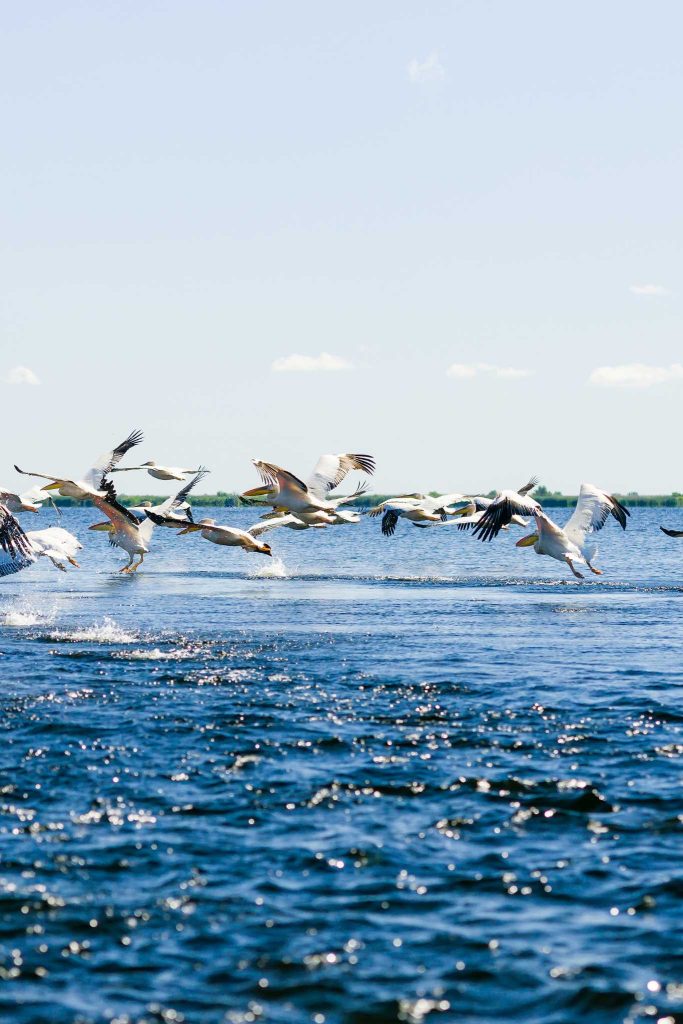Sacalin Island at the Confluence of the Danube with the Black Sea
Sacalin Island in the Danube Delta

Biodiversity on Sacalin Island
To protect the remarkable biodiversity of Sacalin Island, tourist access is strictly forbidden. Observing Sacalin Island and its rich fauna is done from the water, at a distance. The enthusiasm and delight of visitors remain undiminished – at the sight of a variety of over 200 species of birds, mammals, and reptiles. Exceptionally, according to statements from representatives of INCDDD Tulcea (National Institute for Research and Development of the Danube Delta) to Agerpres, after more than 30 years, Sacalin Island has once again become a habitat for the Black Sea seal at Sfântu Gheorghe.
Top Destination in the Danube Delta
Recommended as a top destination for exploring the Danube Delta in Tulcea County, both by tour guides and locals of the Sfântu Gheorghe area, Sacalin Island hosts a wide variety of birds. These are part of the Danube Delta ecosystem on the Sfântu Gheorghe branch. Sacalin Island brings together colonies of 14 bird species, providing nesting grounds – with approximately another 100 bird species for which it serves as a pre-migration and migration location.
Sacalin Island is the nesting, feeding, and wintering ground for the largest colonies in Romania of Dalmatian pelicans (Pelecanus crispus) and Sandwich terns (Thalasseus sandvicensis). The island is home to 229 bird species, and its waters shelter rare fish, such as sturgeons, mullets, and gray mullets.

History of Sacalin Island
The first mention of Sacalin Island is documented in 1771 on a Russian map, at a time when it had a single nucleus. A new map from 1856 showed the island with two submerged nuclei (completely submerged in water). In 1924, Sacalin Island measured 10 km in length, and by 2015 it had reached 19 km (with minor breaks), according to measurements by Romanian researchers.
Sacalin Zătoane Complex
The Sacalin Zătoane Complex has been a nationally protected area since 2000, part of the Danube Delta Biosphere Reserve. The Sacalin Zătoane area is located in the southern part of the Sfântu Gheorghe commune in Tulcea County, in the southern region of the Danube Delta, near the mouth of the Sfântu Gheorghe branch into the Black Sea. The Sacalin Zătoane Reserve spans a sandy territory of 21,410 hectares, consisting of ridges, sand dunes, marshes, lakes, pools, channels, and reed beds.
The protected area of Sacalin Zătoane is a nesting, feeding, and resting habitat for nesting bird species (migratory or sedentary) and passage species: whooper swans (Cygnus cygnus), great white pelicans (Pelecanus onocrotalus), Dalmatian pelicans (Pelecanus crispus), squacco herons (Ardeola ralloides), glossy ibises (Plegadis falcinellus), purple herons (Ardea purpurea), and Eurasian spoonbills (Platalea leucorodia).


